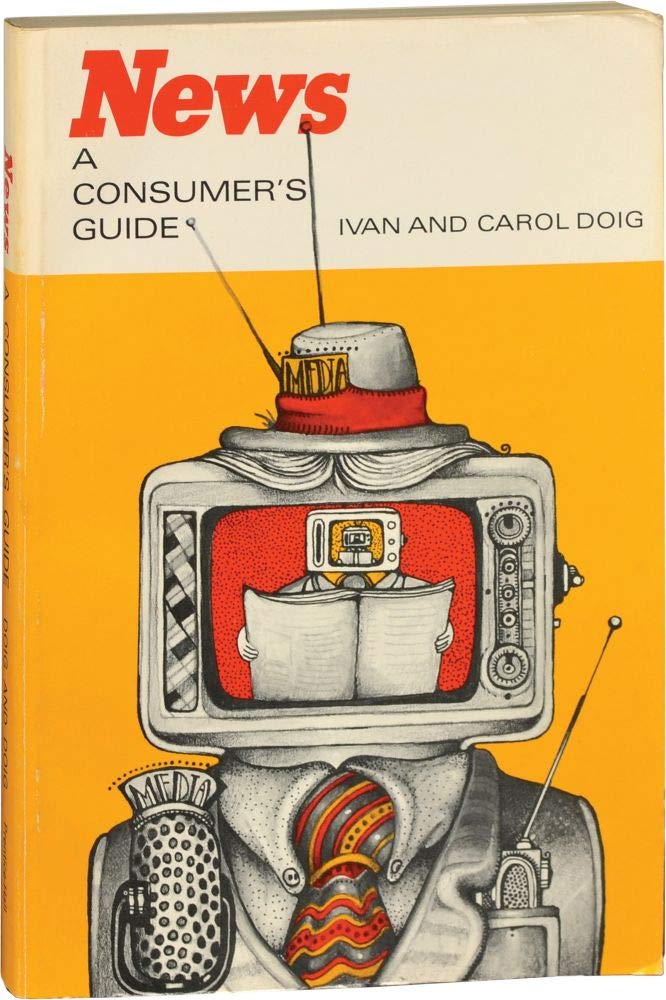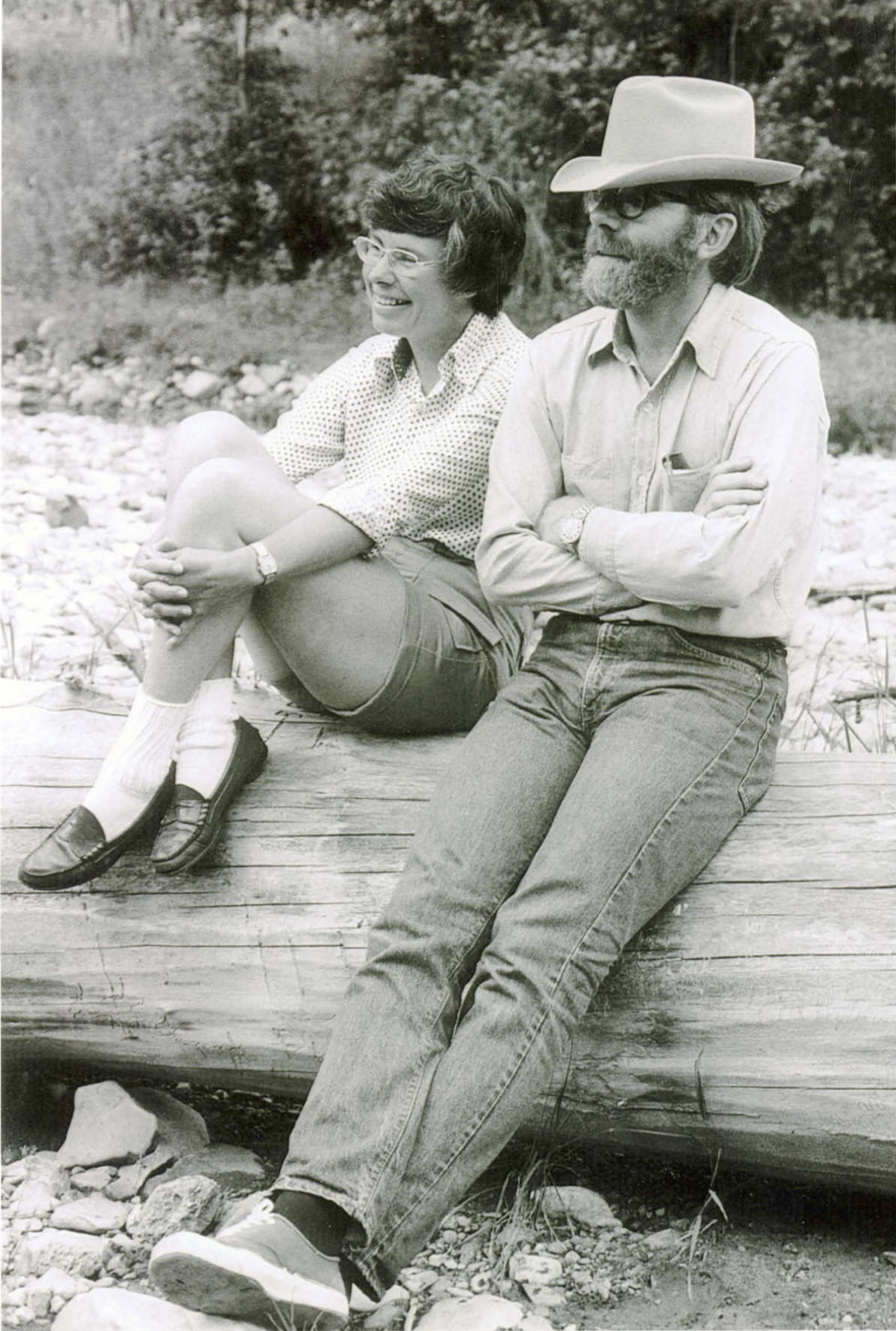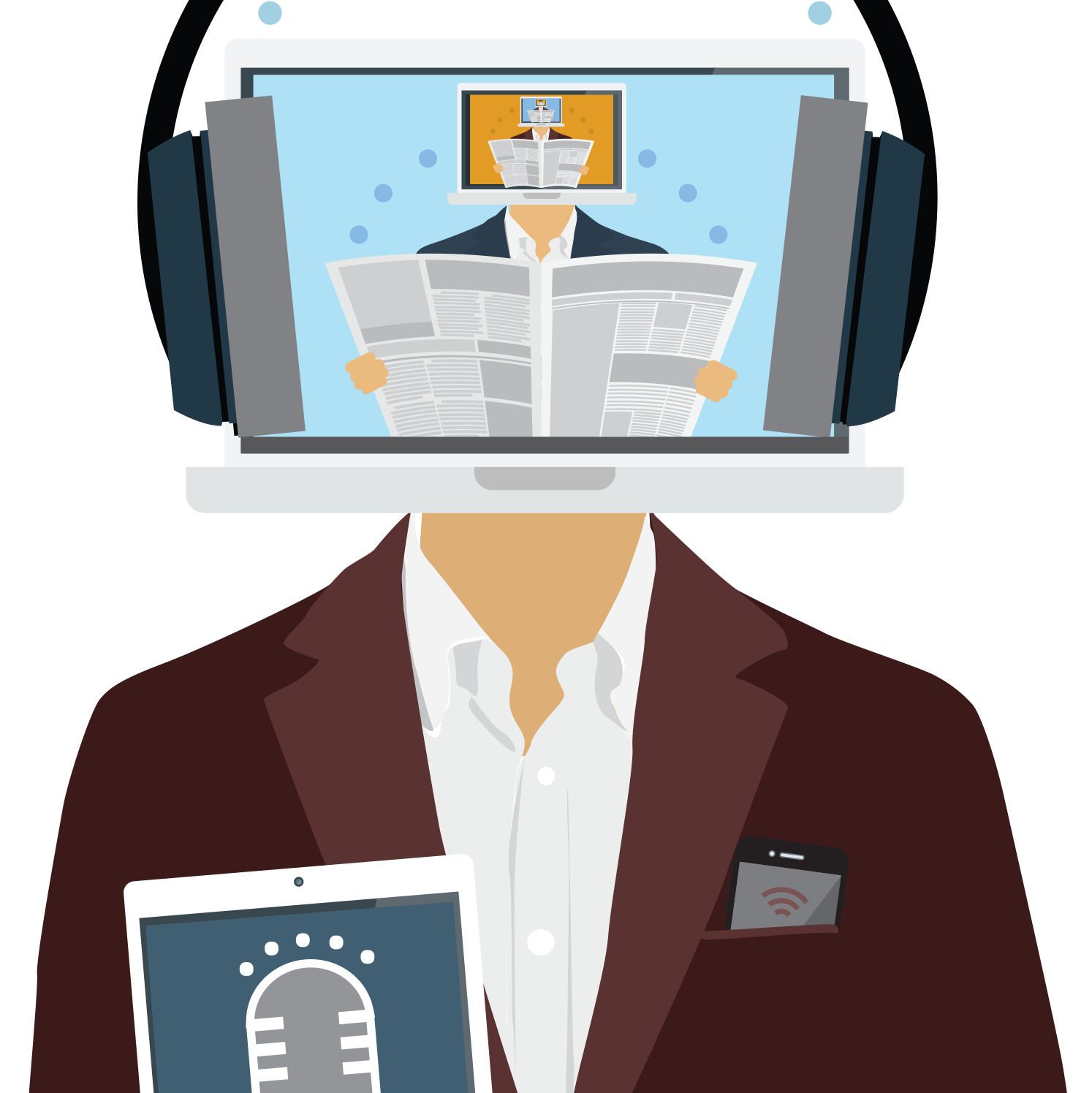About
The contemporary digital era is defined by an ever-increasing pace of access and quantity of information from multiple sources. A growing number of media (e.g., mobile applications, on-demand streaming video, social media, podcasts) provide individuals with swift access to and seamless sharing of news and other types of information. The digital transition, or the switch from analog to digital mediums, has produced a vast landscape of technologies and infrastructures that facilitate unprecedented information access. Yet, the digital transition is far more than straightforward information delivery. At best, these technologies and infrastructures facilitate widespread communication and (re)creation through processes of information exchange. More nefariously, these same technologies and infrastructures enable algorithmically-curated perspective-reinforcing information bubbles and facilitate the spread of misinformation. At the same time, processes of information exchange are deeply embedded in cultural context that enable or disable individuals to mindfully approach information overload.
It is important to understand how information is accessed, analyzed, and shared. It is also essential to examine how such processes change as modes, infrastructure, and tools evolve during and after the digital transition. There is so much more than technology and infrastructure involved in the accessing, analyzing, and sharing of information. These processes of information exchange also reflect cultural practices and values that facilitate or impede mindful information exchange. To understand information exchange, we must understand technology, infrastructure, and culture together.

This project finds inspiration in the corpus of Ivan Doig, with special attention to News: A Consumer’s Guide, co-authored by Ivan and Carol Doig. The book provides a guide for how to best read and listen to the news. Intended for the average citizen, the Doigs’ text also presents tips for examining accuracy, viewpoint, and bias. Although published in 1972, this text is surprisingly relevant to and useful for understanding our contemporary information environment. Review this selection from Ivan’s personal diary during 1971-1972 to learn more about his writing process, life experiences, and inner monologue surrounding the creation of News: A Consumer’s Guide.
By focusing critical attention on the experience of “everyday Montanans”, this project details decision-making involved with processes of information exchange. Rooted in the corpus of Ivan Doig (self-proclaimed representative of the “lariat proletariat, the working-class point of view”) and the geography of Montana, this project is uniquely Montanan, while also entirely relevant to contemporary America. This project includes two statewide surveys and a series of interviews with “everyday Montanans” in order to understand how the digital transition has influenced behaviors of information exchange over time. The results of this research increase overall understanding of how the dynamics of technology, infrastructure, and culture influence information accessibility, reliability, and shareability in Montana and beyond. The findings from the surveys and interviews provide the foundation for a framework that can aid individuals, communities, and institutions in making more mindful decisions regarding the consumption and (re)creation of information.


